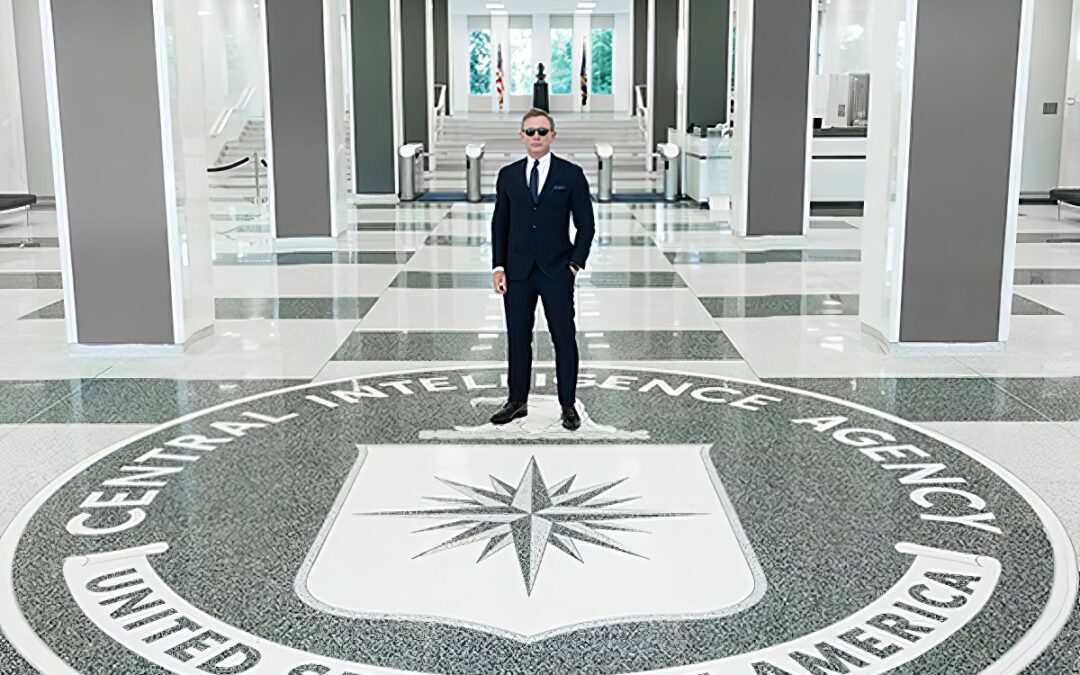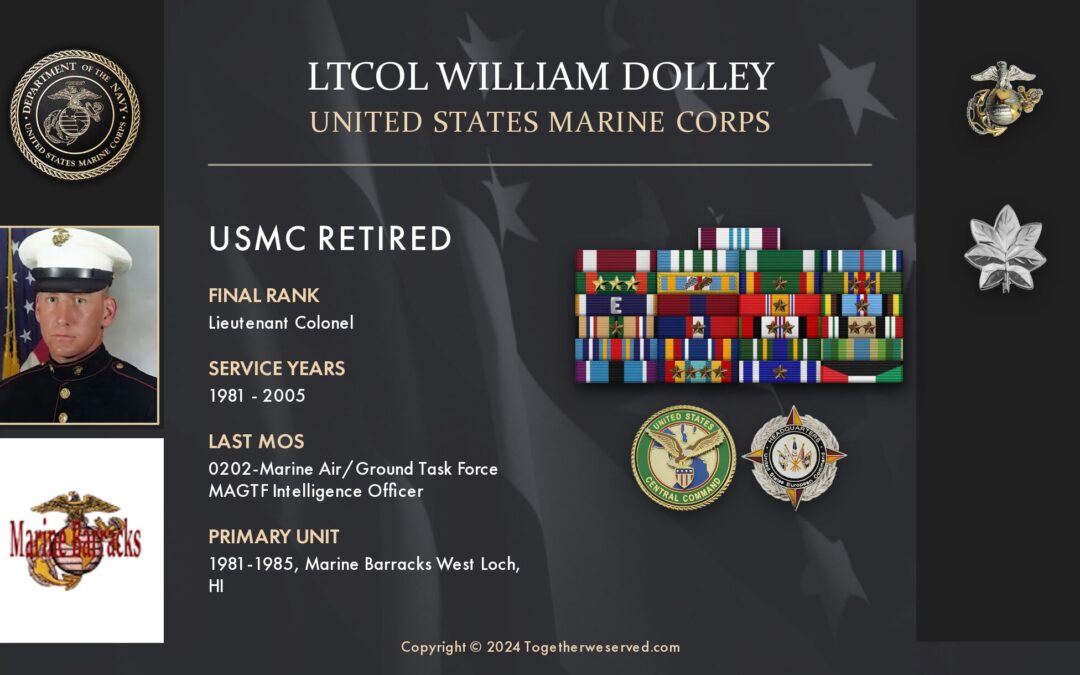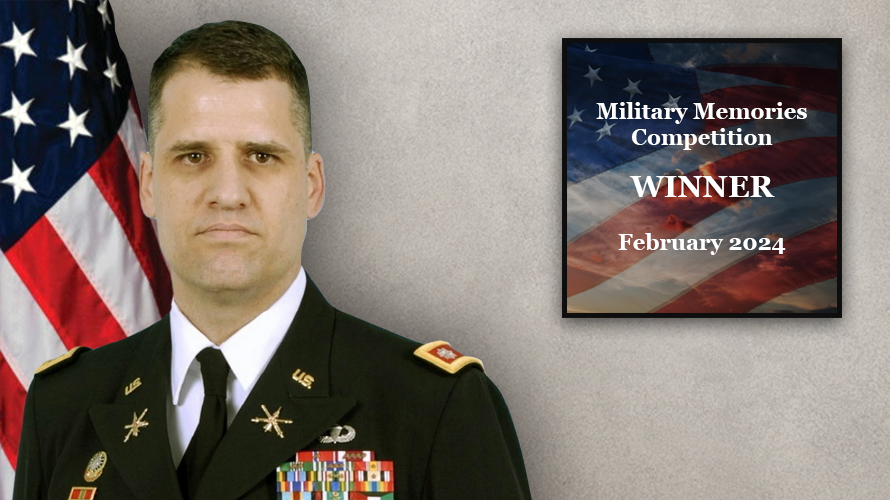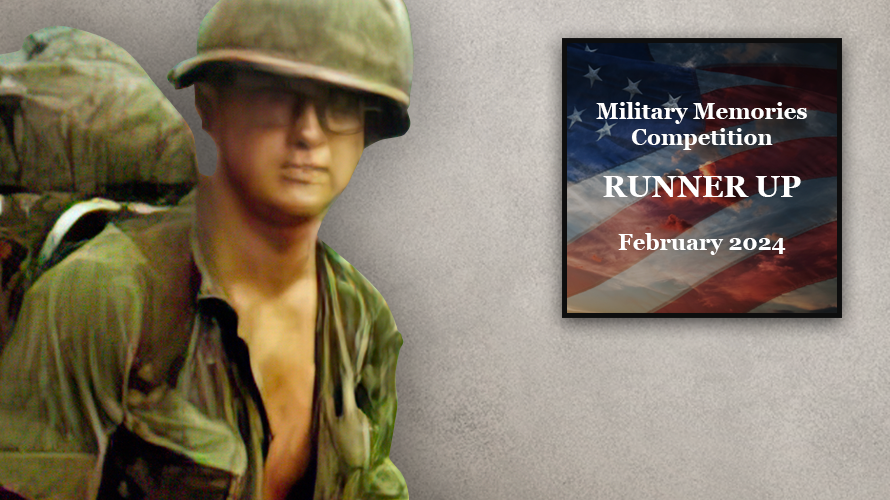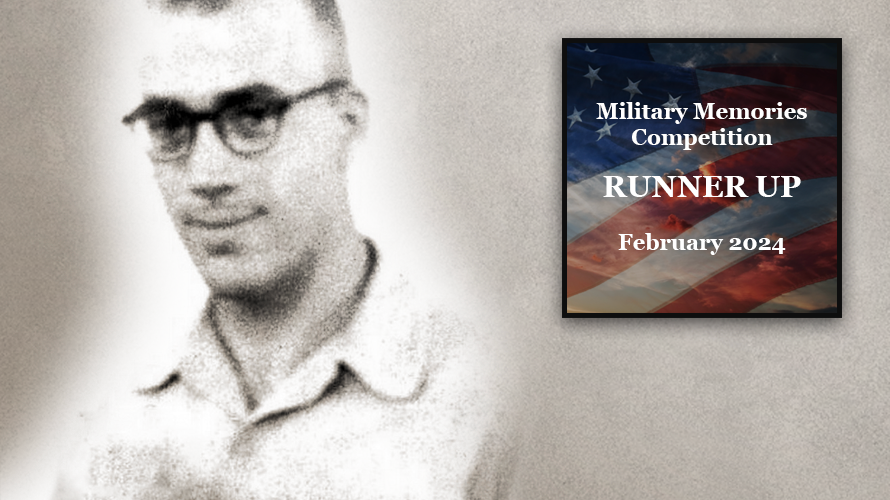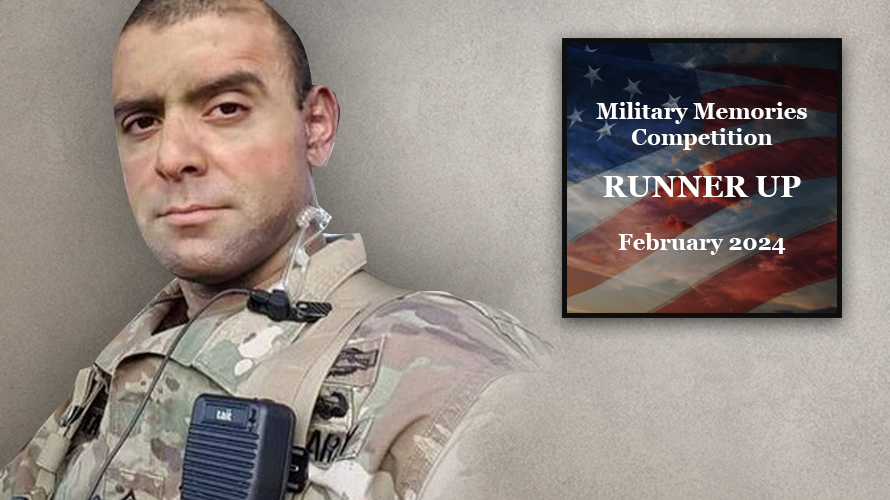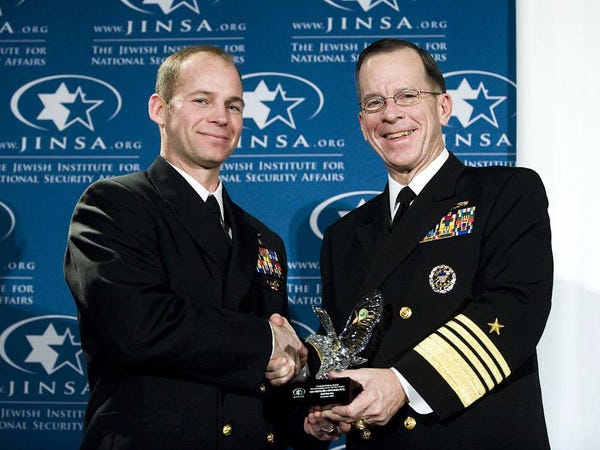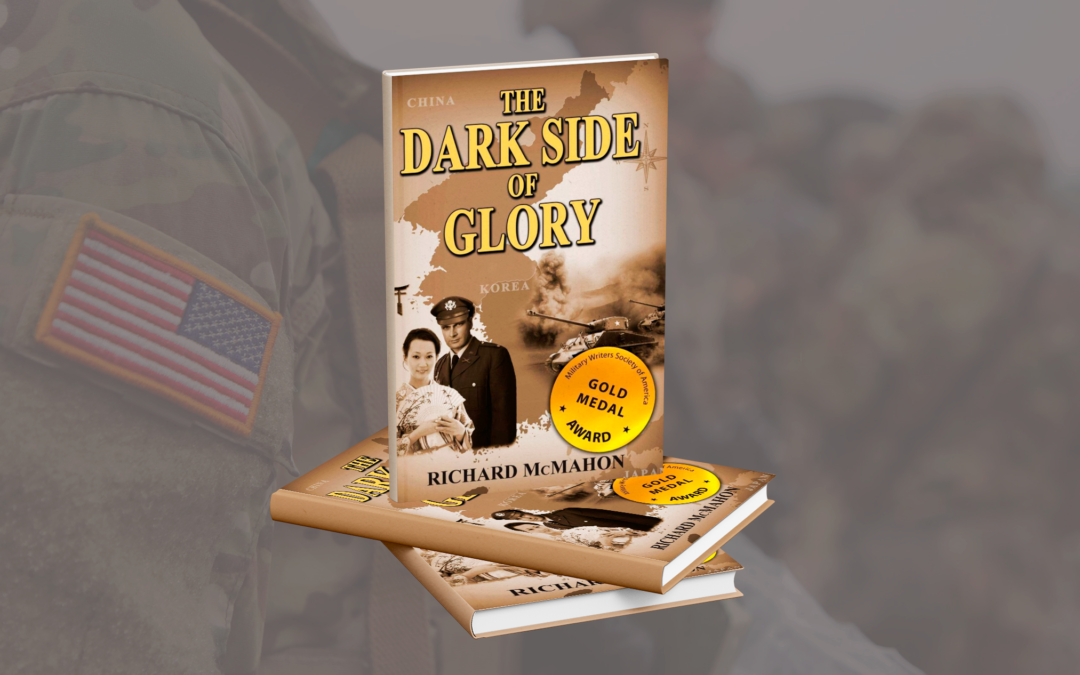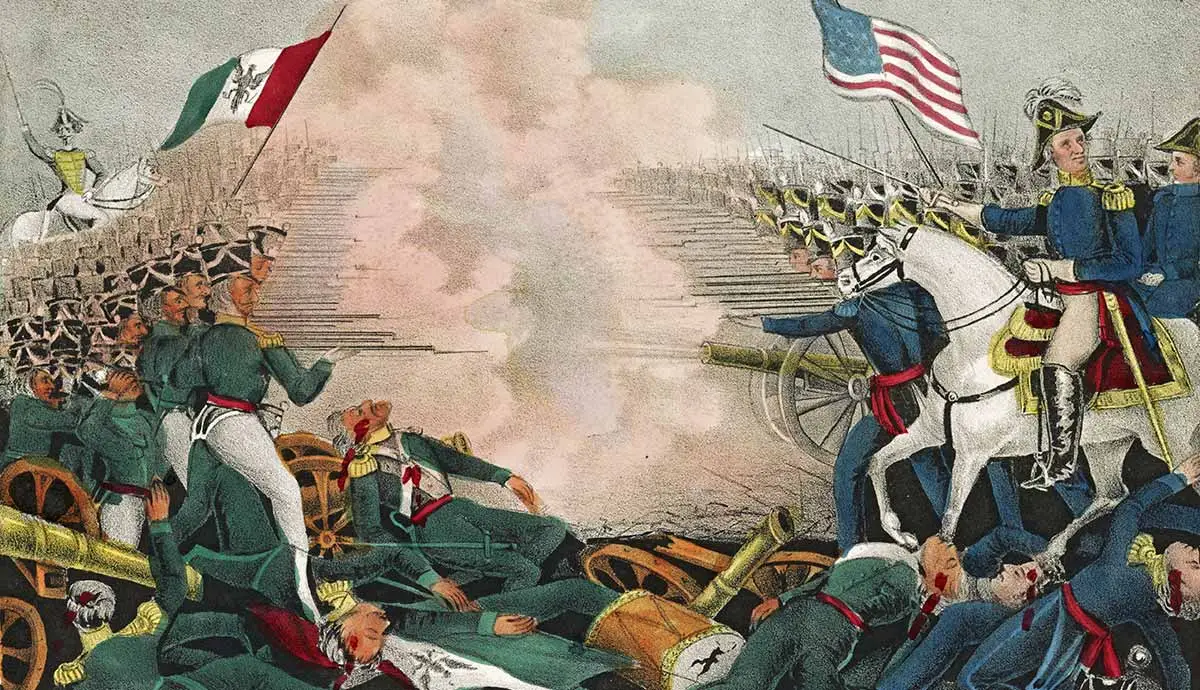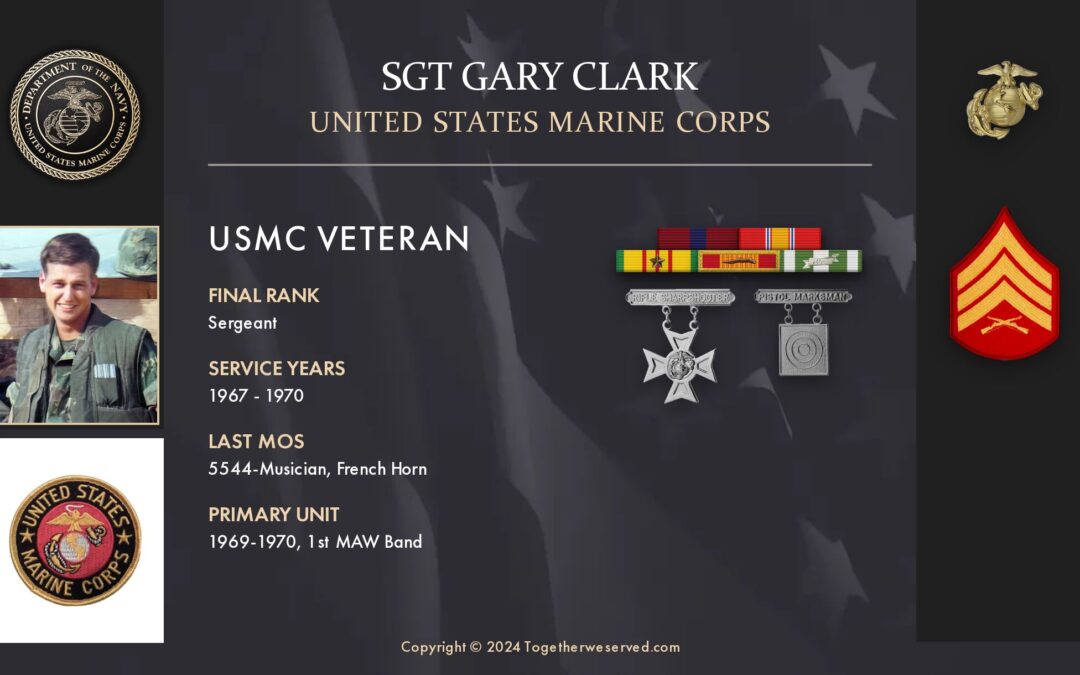How much do you know about Cold War double agents within the CIA? Just recently, news has been released by a CIA analyst that, during the Cold War, there were double agents who worked for the CIA while remaining secretly loyal to communist spy agencies. There were nearly 100 fake CIA “agents” in East Germany, Cuba, and the Soviet Union. These “agents” made up false intelligence that was then passed on to the U.S. policymakers for years.
